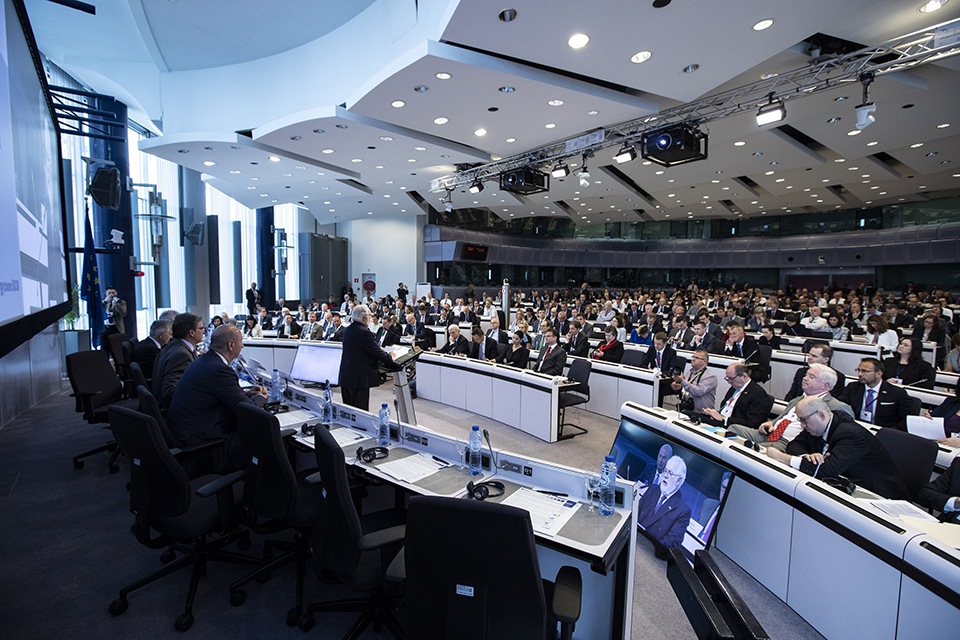EU and the U.S. discuss LNG trade opportunities in Brussels

A delegation of Adriatic LNG attended the 1st High-Level Business to Business Energy Forum organized by the U.S.-EU Energy Council. Hosted in Brussels by the European Commission, the Forum focused on cooperation in LNG sector between EU and the U.S., in particular with respect to the enhancement of LNG trade, the role of competitively-priced U.S. LNG can play on the European market and the development of natural gas infrastructures.
Opened by EU Commissioner for Climate Action and Energy Miguel Arias Cañete and U.S. Secretary of Energy Rick Perry, the forum scheduled several roundtables and panel discussions, attended by government officials and companies’ top executives, both from the European Union and the United States. The conference represented an opportunity to explore sector’s issues and foster match-making opportunities between LNG operators.
Started in April 2016 with the first cargo from Sabine Pass liquefaction plant, U.S. LNG exports to EU have been boosted by the Joint Statement signed in July 2018 by the President of European Commission Jean-Claude Juncker and U.S. President Donald Trump, who agreed to strengthen strategic cooperation on energy.
Since then, LNG volumes to EU have increased by 272%, reaching a total of 10.4 billion cubic meters, delivered by more than 110 cargoes. The substantial growth of U.S.-EU LNG trade becomes clear considering the first four months of 2019: according to European Commission data, on the one hand U.S. exports to the EU rose up to 35% (11% in 2018), on the other hand EU imports from the U.S. reached a 13% share (5% in 2018).
U.S. LNG has arrived in Italy also through the Adriatic LNG terminal, whose first cargo coming from Sabine Pass liquefaction plant was discharged in September 2017.
As underlined in the forum increasing import of U.S. LNG, if priced competitively, can be key in contributing to the security of the energy system, as well as meeting decarbonization targets.
